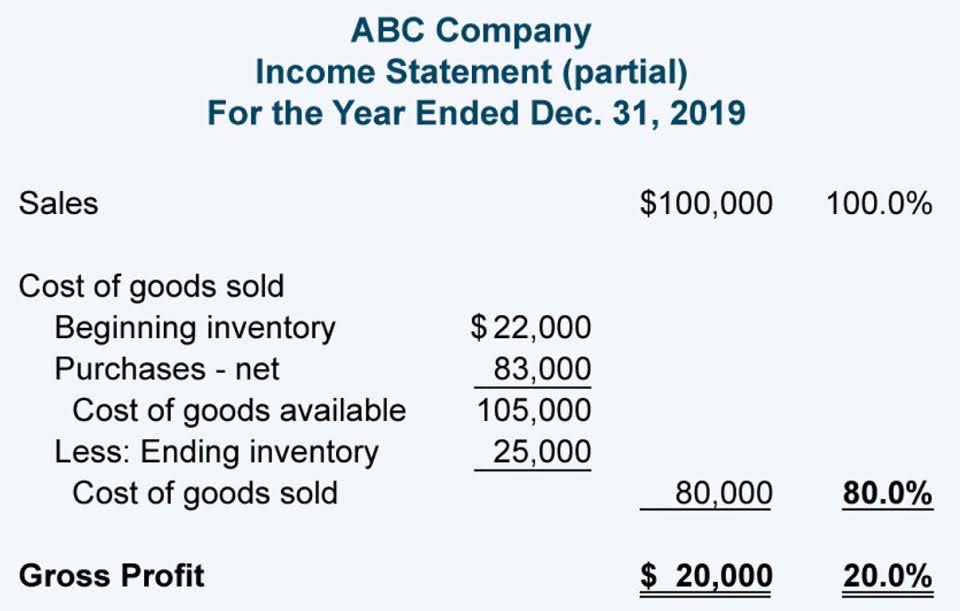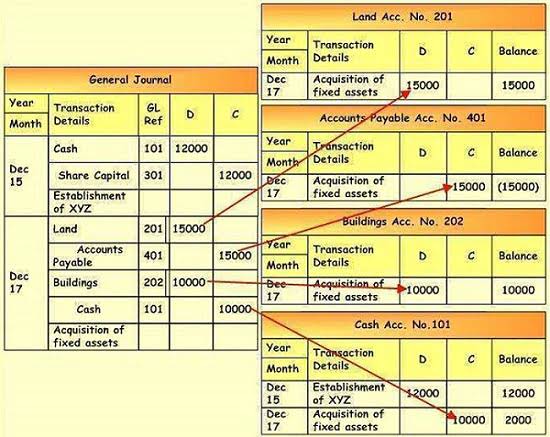
Include alimony, child support, or any other payment obligations that qualify as debt. Relative to your income before taxes, your debt is at a manageable level. You most likely have money left over for saving or spending after you’ve paid your bills. If you’re worried that your DTI will prevent you from getting the best rate, the first thing to do is start paying down your debts. (Well, that or get a raise.) There are several approaches to tackling outstanding debt.

Aiming for Ideal DTI Ratio for Lenders

DTIs between 42% and 49% suggest you’re nearing unmanageable levels of debt relative to your income. Lenders might not be convinced that you will be able to meet payments for another line of credit. Figuring out your DTI can help you decide if now is the time to buy a home. However, if your ratio is low, you can take advantage of your proven ability to manage debt and apply for a home loan. It’s important to know your DTI as you consider buying a home. If you have a high amount of debt compared to income, consider `lowering your debt before applying for a loan.
What debt-to-income ratio do lenders look for?
- That’s your income before taxes and other deductions are taken out.
- If clearing debt is your goal, aim to lower your rate or pay off your balance faster.
- This means you have a healthy balance between debt and income.
- Previously, she covered personal finance for QuinStreet and wrote for national consumer and trade publications on topics including business, careers and parenting.
- Finally, stop adding to your balances and commit to putting any windfalls you get toward your debts.
Her work has appeared in MarketWatch, MSN Money, The New York Times and The Washington Post. Our partners cannot pay us to guarantee favorable reviews of their products or services. It will probably take at least a month or two for any changes to be reflected in your credit history and a billing cycle or two for a significant change to register on your credit score. Too little debt and a company may not be utilizing debt in a healthy way to grow its business.
- Although your DTI ratio is important when getting a mortgage, the number doesn’t tell the whole story about what you can afford.
- Be sure to double-check with your lender to see how they view rent in DTI calculations.
- This report contains the last 7 years of your credit history, detailing your borrowing and payment behavior.
- At CNBC Select, our mission is to provide our readers with high-quality service journalism and comprehensive consumer advice so they can make informed decisions with their money.
- The more aggressively you pay it down, the more you’ll improve your ratio and chances of mortgage approval.
Auto
All rates, fees, and terms are presented Bookkeeping for Startups without guarantee and are subject to change pursuant to each Provider’s discretion. When you apply for a mortgage, lenders can also look at your front-end DTI ratio — how much of your income goes toward your monthly mortgage payment. All information, including rates and fees, are accurate as of the date of publication and are updated as provided by our partners.

Keeping your DTI ratio in check can help you to confidently navigate your financial journey and stay prepared for both planned and unexpected expenses. You can use our calculator to check your DTI ratio and start planning toward your financial future. In this easy-scan post, we provide a simple definition and examples, share how to debt ratio formula calculate your DTI ratio, and what percentage you’ll need to buy a house. We’re the Consumer Financial Protection Bureau (CFPB), a U.S. government agency that makes sure banks, lenders, and other financial companies treat you fairly. Different loan products and lenders will have different DTI limits.
Navy Federal Credit Union
Open a savings account or open a Certificate of Deposit (see interest rates) and start saving your money. A general rule of thumb is to keep your overall debt-to-income ratio at or below 43%. This is seen as a wise target because it’s the maximum debt-to-income ratio at which you’re eligible for a Qualified Mortgage —a type of home loan designed to be stable and borrower-friendly. Your back-end DTI is the number most lenders focus on because it gives them a more complete picture of your monthly spending. We strive to provide you with information about products and services you might find interesting and useful.
Front-end vs. back-end DTI
- Checking your credit reports is essential, too, because errors could make your DTI ratio seem higher than it is.
- These communications may include, but are not limited to, account agreements, statements and disclosures, change in terms or fees; or any servicing of your account.
- Ben Luthi has worked in financial planning, banking and auto finance, and writes about all aspects of money.
- Whenever you come into a rare or unexpected influx of cash, consider using that money to pay down debt instead of splurging on something you don’t truly need.
- FinanceBuzz does not include all financial or credit offers that might be available to consumers nor do we include all companies or all available products.
- It was all about what is a debt to income ratio, why it matters, and how it can help you achieve financial stability.
- As a quick example, if someone’s monthly income is $1,000 and they spend $480 on debt each month, their DTI ratio is 48%.
If your debt is, say, 60% of your income, any hit to your income will leave you scrambling. If you have to step up your spending in other areas (medical expenses, for example), trial balance you’ll have a harder time keeping up with your debt payments than someone with a DTI of 25%. When borrowers apply for a mortgage, the lender gathers information to decide how much house borrowers can afford. One critical piece of information is DTI, which indicates the borrower’s capacity for a home loan.

However, it does not show a complete picture of a person’s financial situation such as a portfolio of investments or whether they reliably pay their bills on time. DTI is one of several measurements that evaluate financial wellbeing. A lower DTI ratio often leads to better loan terms, including lower interest rates. Lenders view borrowers with a high DTI as riskier, which can result in higher interest rates or stricter loan conditions. Keeping your DTI below lender thresholds may help you secure a more affordable mortgage. Lenders also look at your credit score and your income history.
Our information is available for free, however the services that appear on this site are provided by companies who may pay us a marketing fee when you click or sign up. These companies may impact how and where the services appear on the page, but do not affect our editorial decisions, recommendations, or advice. Opinions expressed here are the author’s alone, not those of any bank, credit card issuer, airline, or hotel chain, and have not been reviewed, approved or otherwise endorsed by these entities. Some or all of the offers that appear on this page are from third party advertisers from which FinanceBuzz receives compensation. This compensation may impact how and where products appear on this site (including, for example, the order in which they appear). If you plan to apply for a loan sometime in the future, calculating your DTI and taking steps to lower it could help you get approved.